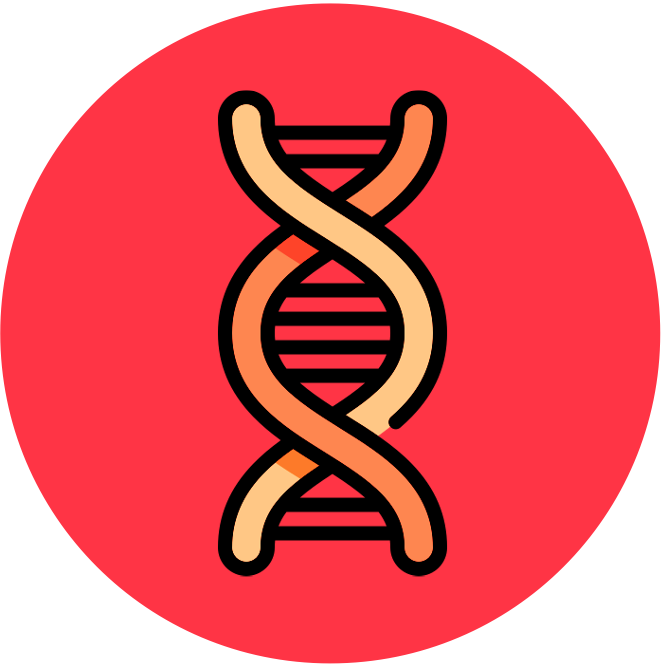

Gene Linkage (AHL)
AHL Content Statements
-
D3.2.16
Segregation and independent assortment of unlinked genes in meiosis
-
Students should understand the link between the movements of chromosomes in meiosis and the outcome of dihybrid crosses involving pairs of unlinked genes.
-
D3.2.17
Punnett grids for predicting genotypic and phenotypic ratios in dihybrid crosses involving pairs of unlinked autosomal genes
-
Students should understand how the 9:3:3:1 and 1:1:1:1 ratios are derived.
NOS: 9:3:3:1 and 1:1:1:1 ratios for dihybrid crosses are based on what has been called Mendel’s second law. This law only applies if genes are on different chromosomes or are far apart enough on one chromosome for recombination rates to reach 50%. Students should recognize that there are exceptions to all biological “laws” under certain conditions.
-
D3.2.18
Loci of human genes and their polypeptide products
-
AOS: Students should explore genes and their polypeptide products in databases. They should find pairs of genes with loci on different chromosomes and also in close proximity on the same chromosome.
-
D3.2.19
Autosomal gene linkage
-
In crosses involving linkage, the symbols used to denote alleles should be shown alongside vertical lines representing homologous chromosomes. Students should understand the reason that alleles of linked genes can fail to assort independently.
-
D3.2.20
Recombinants in crosses involving two linked or unlinked genes
-
Students should understand how to determine the outcomes of crosses between an individual heterozygous for both genes and an individual homozygous recessive for both genes. Identify recombinants in gametes, in genotypes of offspring and in phenotypes of offspring.
-
D3.2.21
Use of a chi-squared test on data from dihybrid crosses
-
Students should understand the concept of statistical significance, the p = 0.05 level, null/alternative hypothesis and the idea of observed versus expected results.
NOS: Students should recognize that statistical testing often involves using a sample to represent a population. In this case the sample is the F2 generation. In many experiments the sample is the replicated or repeated measurements.



